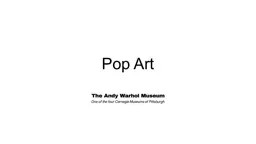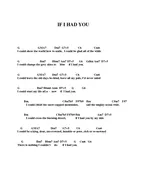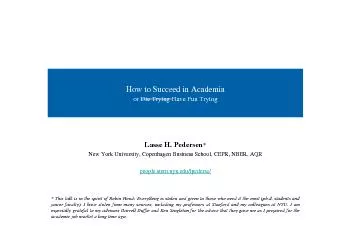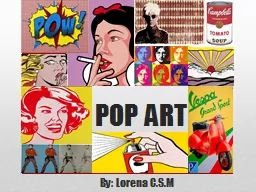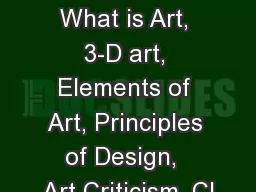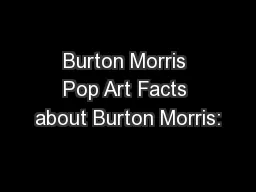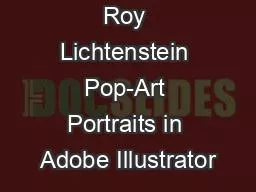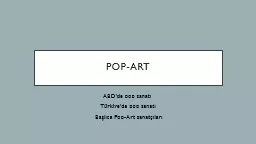PPT-Pop Art The Pop idea, after all, was that anybody could do anything, so naturally we were
Author : trish-goza | Published Date : 2019-11-02
Pop Art The Pop idea after all was that anybody could do anything so naturally we were all trying to do it all Andy Warhol POPism The Warhol Sixties 1980 The
Presentation Embed Code
Download Presentation
Download Presentation The PPT/PDF document "Pop Art The Pop idea, after all, was tha..." is the property of its rightful owner. Permission is granted to download and print the materials on this website for personal, non-commercial use only, and to display it on your personal computer provided you do not modify the materials and that you retain all copyright notices contained in the materials. By downloading content from our website, you accept the terms of this agreement.
Pop Art The Pop idea, after all, was that anybody could do anything, so naturally we were: Transcript
Download Rules Of Document
"Pop Art The Pop idea, after all, was that anybody could do anything, so naturally we were"The content belongs to its owner. You may download and print it for personal use, without modification, and keep all copyright notices. By downloading, you agree to these terms.
Related Documents

